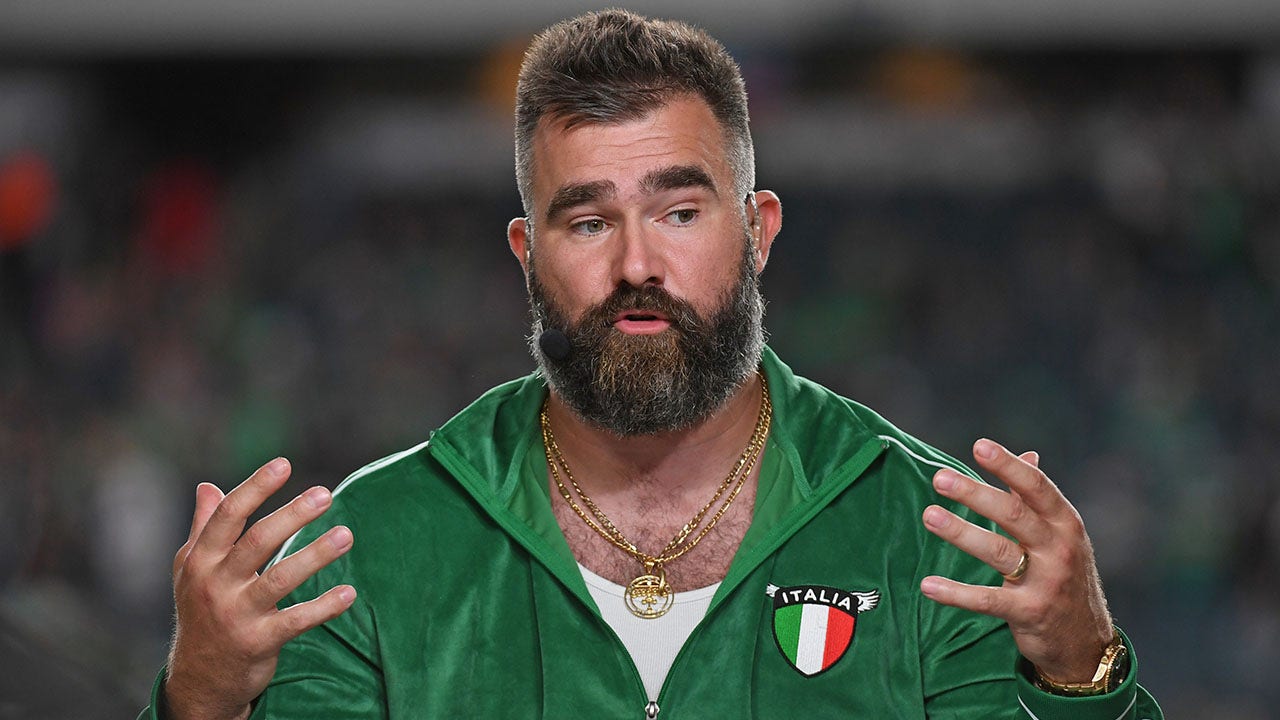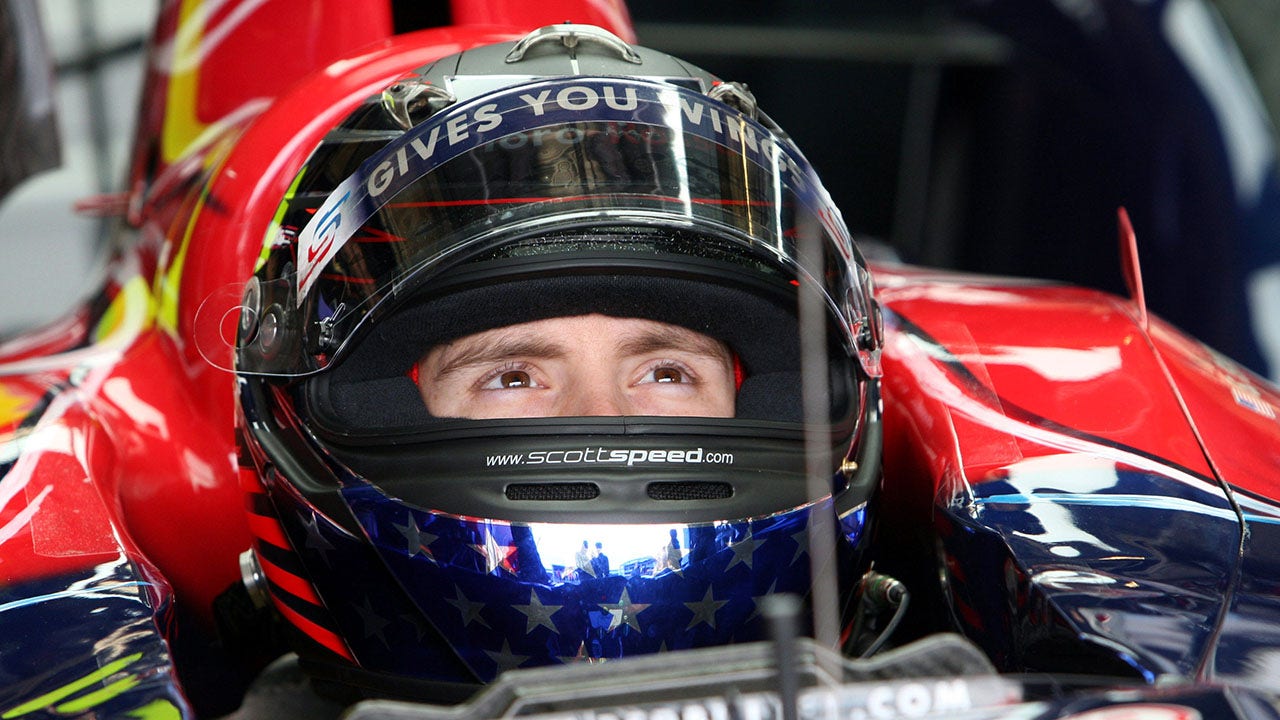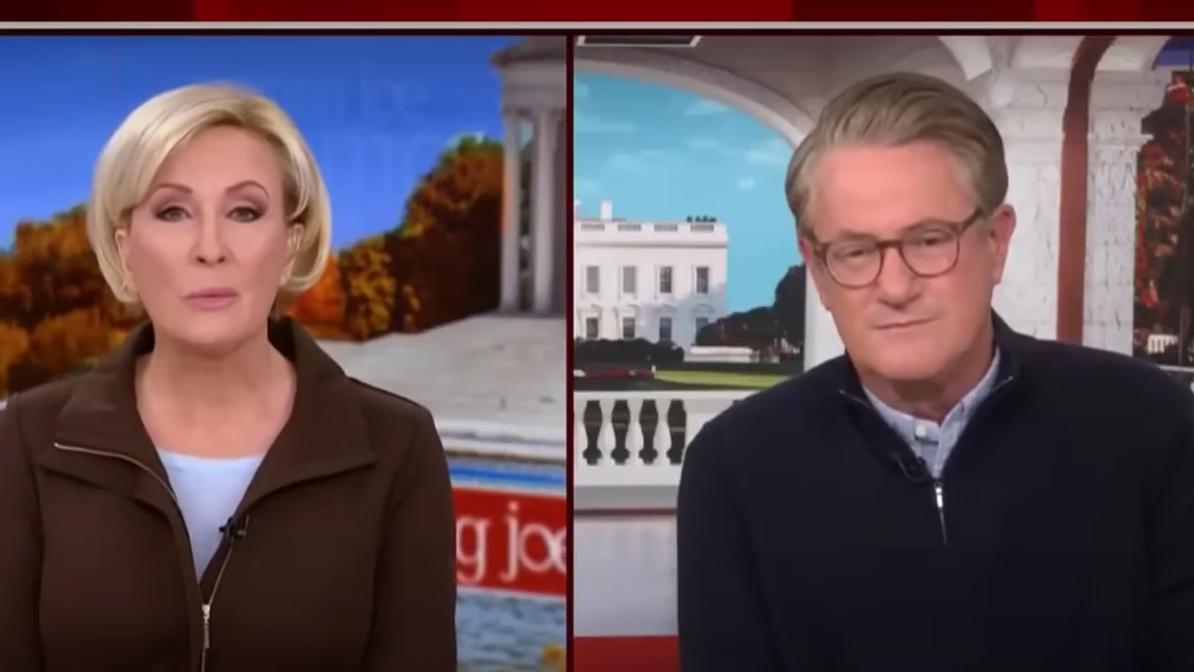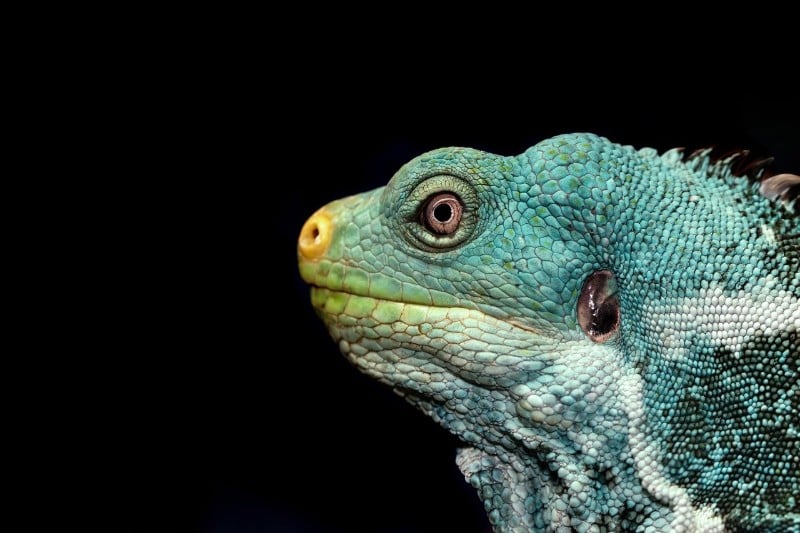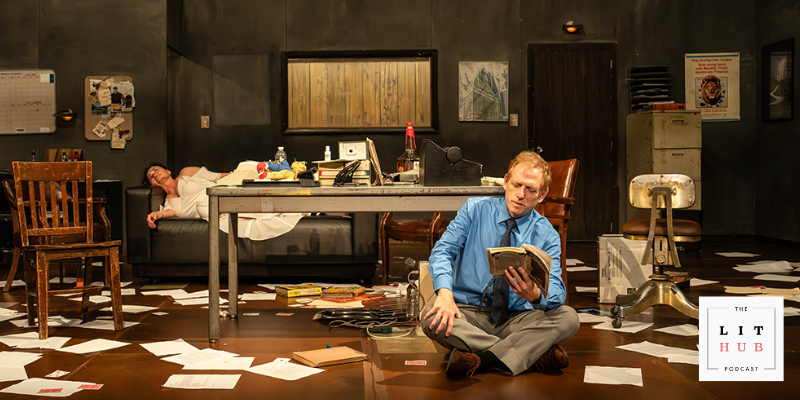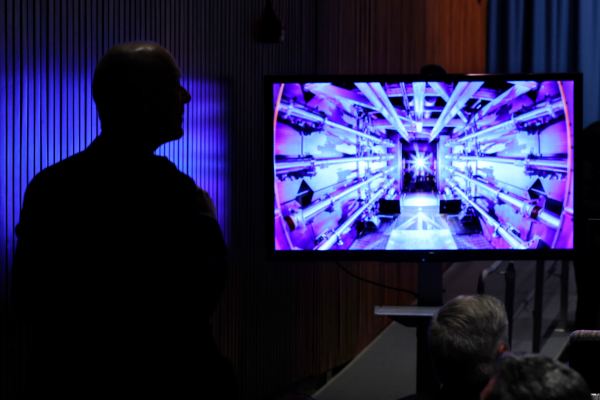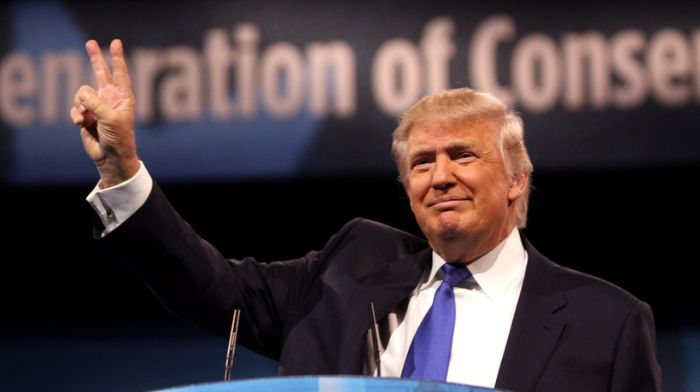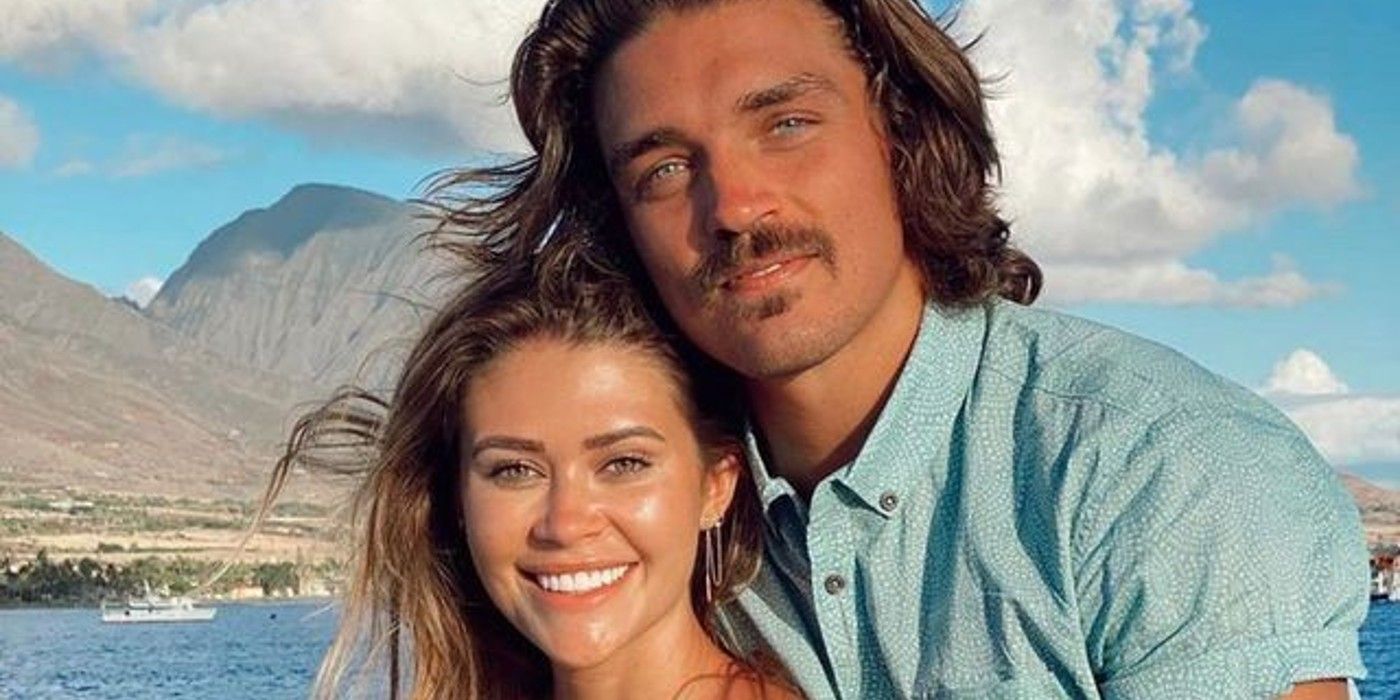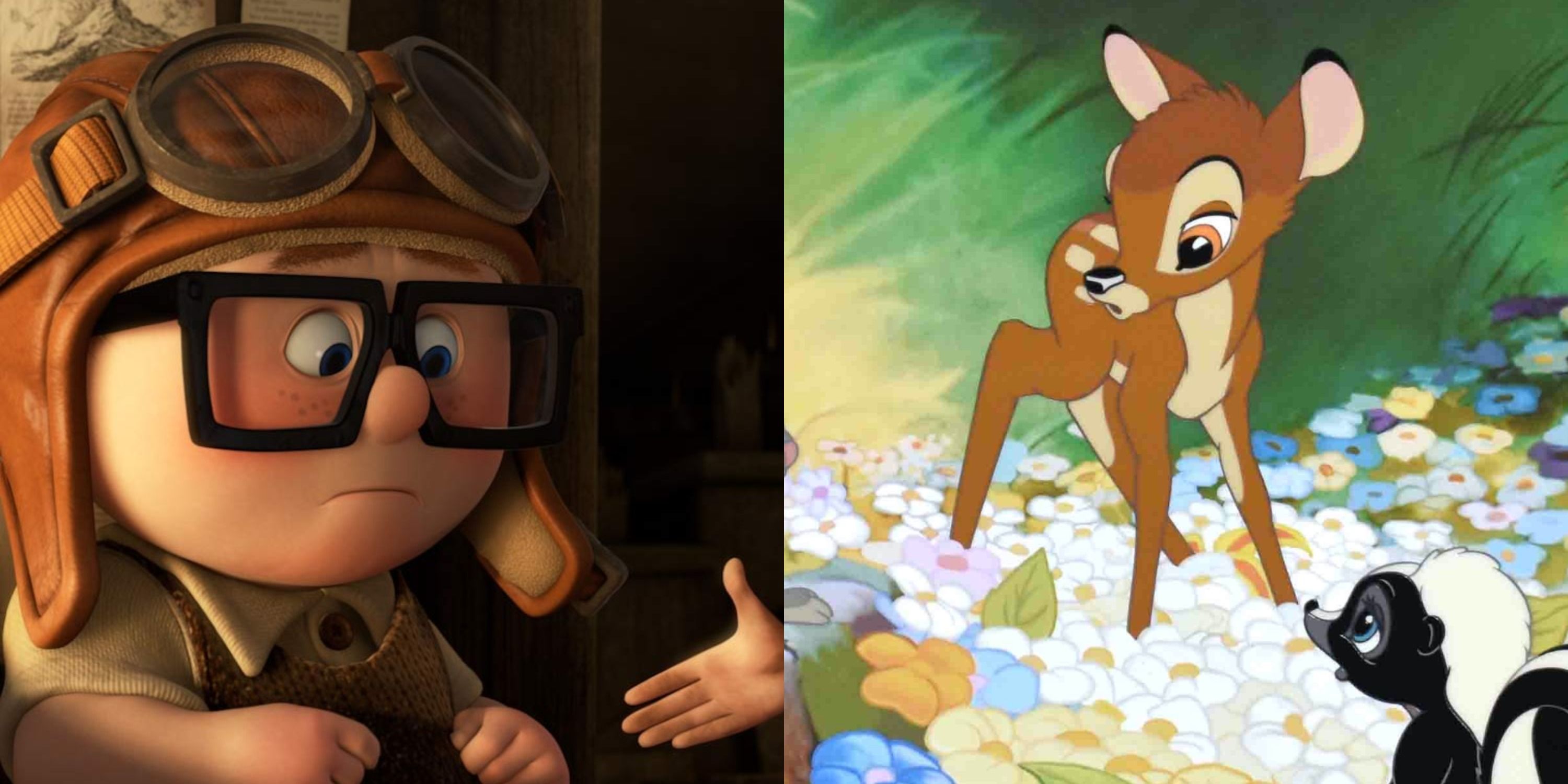Arthur Schmidt, the two-time Oscar-winning film editor who collaborated with director Robert Zemeckis on 10 films, including Who Framed Roger Rabbit, Forrest Gump and the Back to the Future trilogy, has died. He was 86.
Schmidt died Saturday, his brother Ron Schmidt announced.
The second-generation film editor also cut three Mike Nichols features — The Fortune (1975), The Birdcage (1996) and Primary Colors (1998) — and two helmed by Michael Apted — Coal Miner’s Daughter (1980), for which he received his first Oscar nom, and Firstborn (1984).
His résumé over four decades included work on Marathon Man (1976), Jaws 2 (1978), Ruthless People (1986), Beaches (1988), The Rocketeer (1991), The Last of the Mohicans (1992) and Congo (1995), and he was brought in for three months to help tidy up the first Pirates of the Caribbean movie in 2003.
Schmidt received his Academy Awards in 1989 for Who Framed Roger Rabbit and in 1995 for Forrest Gump, and he also partnered with Zemeckis on Death Becomes Her (1992), Contact (1997), What Lies Beneath (2000), Cast Away (2000) and, after the filmmaker lured him out of retirement, Flight (2012).
In a 2014 interview, Schmidt said his collaboration with Zemeckis was a natural and effortless one. “He’s a brilliant writer and always very involved in the scripts of his films,” he said. “He’s wonderful directing actors and great in the editing room. We always seemed to be in sync.”
It was Zemeckis who presented Schmidt in 2009 with the American Cinema Editors’ Career Achievement Award.
Coal Miner’s Daughter, which starred Sissy Spacek in an Oscar-winning performance as country music superstar Loretta Lynn, marked Schmidt’s first solo effort as a film editor after 15 years in the business. He said he was determined not to overcut or overuse reaction shots: “In that movie, it was important to give the actors a moment when they needed it,” he recalled in 1990.
Schmidt thought he had peaked as a film editor after that experience. But on Who Framed Roger Rabbit — with a reported budget of $30 million, then the most expensive animated movie ever made — he seamlessly merged the mayhem of hand-drawn animation with live action in the most complex work of his career.
“That was all on film. And all without any animation in it. There was no animation in it when I cut it. There was just space for the animated character — Roger, or whoever the animated character was in the scene,” he remembered in 2021 during an Art of the Cut podcast.
To assist him in visualizing the final product, crewmembers stepped out the first take of each scene holding rubber dolls of the cartoon characters. To add the animation later, each frame that Schmidt cut was then photocopied as an 8×10 blow-up. Animators placed a cell over the frame so they could hand-draw the character with the correct proportions and positioning.

Bob Hoskins in 1988’s ‘Who Framed Roger Rabbit’
Buena Vista/Courtesy Everett Collection
Born in Los Angeles on June 17, 1937, Arthur Robert Schmidt Schmidt didn’t have to look far for inspiration to become a film editor — his father, Arthur P. Schmidt, was a giant in the industry, a two-time Oscar nominee who cut such classics as Sunset Blvd. (1950), Ace in the Hole (1951), Sabrina (1954), Sayonara (1957) and Some Like It Hot (1959).
Schmidt remembered watching his dad toil in cramped editing rooms, with the nitrate process a “very mechanical and unpleasant” experience. It dissuaded him from following in his father’s footsteps until he saw “the sets for movies he was working on — like the mansion in Sunset Blvd. It was like magic.”
Still, his father discouraged him from working in Hollywood and urged him to seek something with more job security, like selling insurance.
Schmidt was in Spain teaching English in 1965 when he received news of his father’s death from a heart attack at age 52. Shortly after the funeral, two assistants from Paramount reached out and offered him an apprenticeship.
When celebrated film editor Dede Allen required a standby editor on Arthur Penn’s Little Big Man (1970), Schmidt found himself beside her in the cutting room.
“Dede worked very fast when she was working at the Moviola. The film literally would fly,” he recalled in 2014. “She would throw it all over the place and you’d have to catch it and hang the trim on the right hook and trim bin.”
He patiently waited for her to dispense advice or pearls of wisdom about the editing process. Finally, when she spotted him trying to find space to hang all the film, she told him, “Artie, just remember one thing … the floor is also a tool.”
On Marathon Man, Schmidt served as an associate editor under Oscar winner Jim Clark, and his assignment was to cut the running sequences used in that film. Director Michael Mann then asked him to do the same for the opening of his 1979 ABC telefilm The Jericho Mile, starring Peter Strauss.
So impressed with Schmidt’s work and his selection of The Rolling Stones’ “Sympathy for the Devil” as a temporary track, Mann fired the original editor and handed over the entire movie to Schmidt, who would receive an Emmy and the first of his three competitive Eddie awards for his efforts.
As Schmidt said in the 2015 behind-the-scenes book We Don’t Need Roads, Zemeckis was searching for a young actor to star in Back to the Future (1985) when he was given an early look at Firstborn, starring Christopher Collet and Robert Downey Jr.
“I don’t think either one of those boys is right for Marty McFly,” Zemeckis told him — Michael J. Fox would get the part, of course — “but I really like the way those scenes were edited.” Schmidt read the script and signed on.
With a tight timeline, he was joined by Harry Keramidas, and the two would edit the 1989 and ’91 Back to the Future sequels and Contact, too. “If either of us were stuck, we could pass scenes back and forth,” Keramidas once said. “And Bob is a strong director, he knows what he wants, and he tells you. He’d give us all the changes backward while the KEM [editing table] rewound!”
For Schmidt, the punishing schedule on the first Back to the Future forced him to take six months off to recuperate, and he vowed “never to do a schedule like that again.”
While working on Gump, Schmidt said, he realized “the editing had to be as simple, honest and as direct as Forrest’s character. Forrest edited that film.”
Schmidt would edit another Tom Hanks starrer with Cast Away (2000), masterfully building tension with just the one location and a script he called “a manual on desert island survival.”
A key component of the film was the relationship formed between Hanks and his Wilson Sporting Goods volleyball. When editing the sequence of their emotional separation, Schmidt didn’t use any temp music, fearing it would come across as manipulative. But the finished version did have Alan Silvestri’s score laid underneath, which Schmidt later admitted was “a really nice piece.”
After decades cutting actual film, Schmidt had to make “a big mental adjustment” when he edited The Birdcage on Avid. “I do miss handling film,” he said. “It gave me time to think about what the next cut was going to be.”
Despite his impressive body of work, Schmidt said he would feel insecure every time he started a new project. Yet “there was a moment halfway through Roger Rabbit when for the first time I consciously said to myself, ‘I think you finally know what you are doing,’” he told Selected Takes: Film Editors on Editing in 1991.
“I couldn’t wait to get to work every day. I would go and turn on the KEM, and it would just energize me. The film had an energy that came off the screen. It just kept saying, ‘I’m really special.’”


